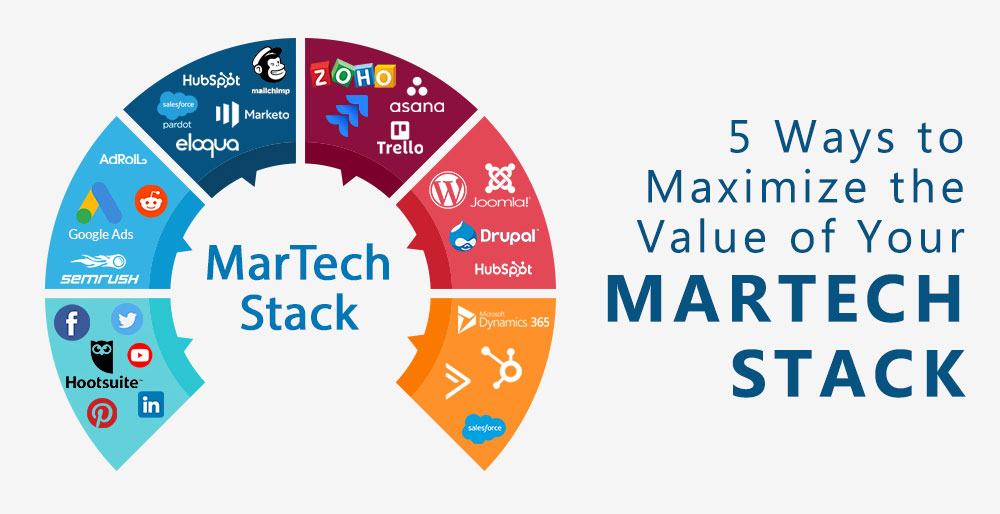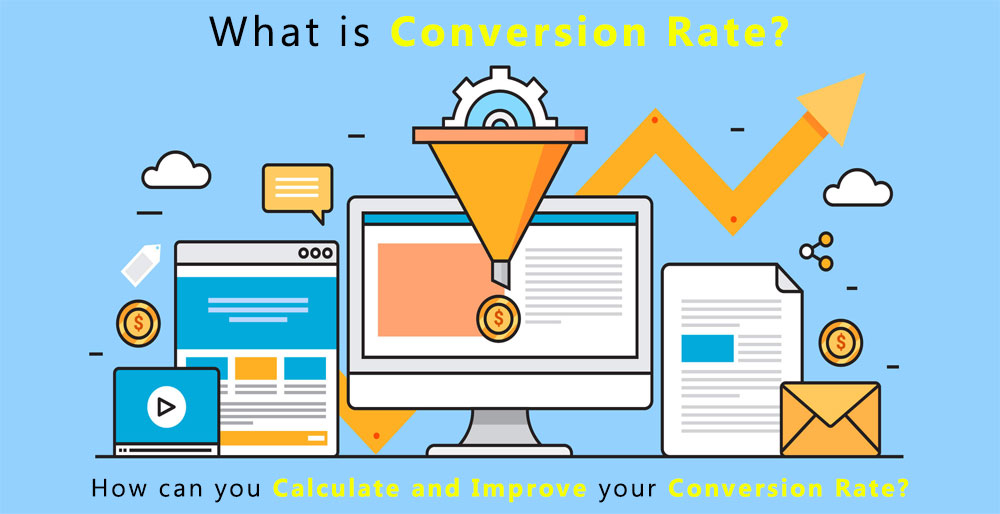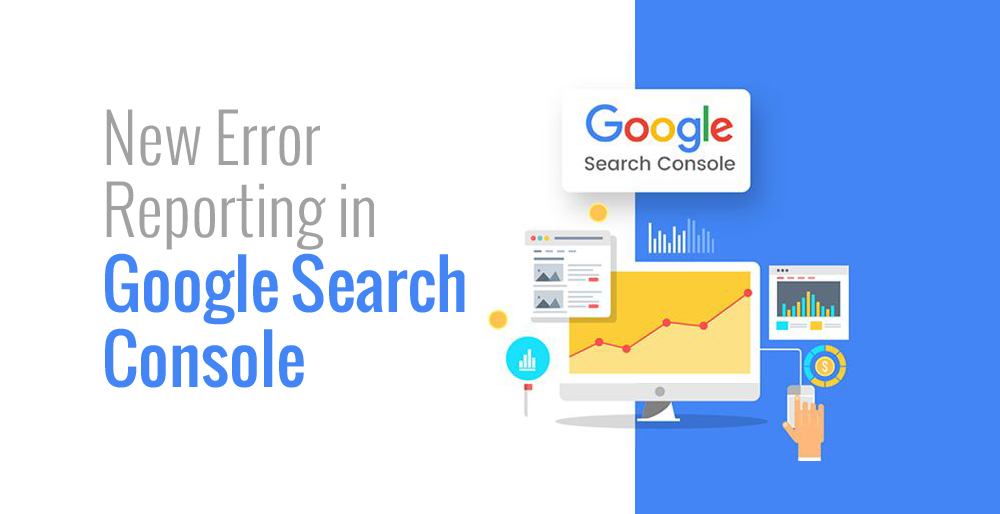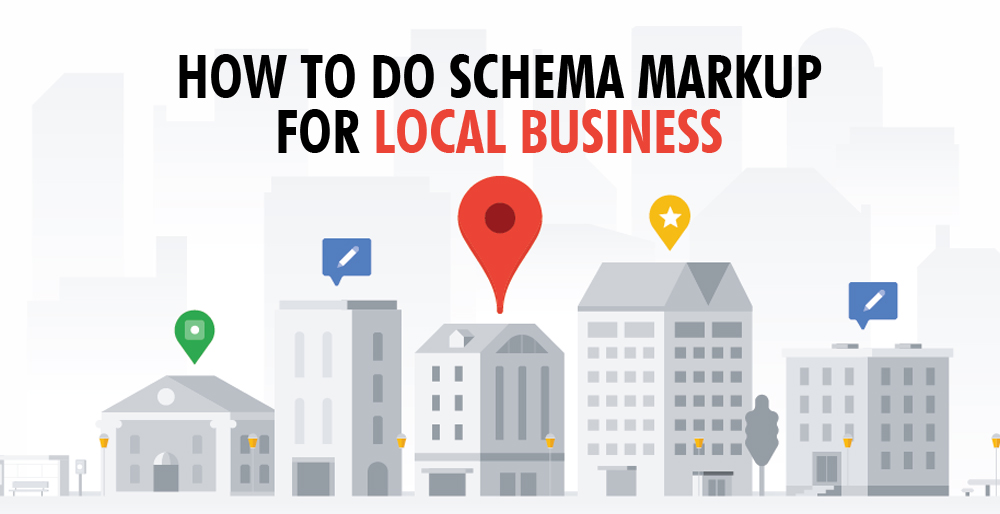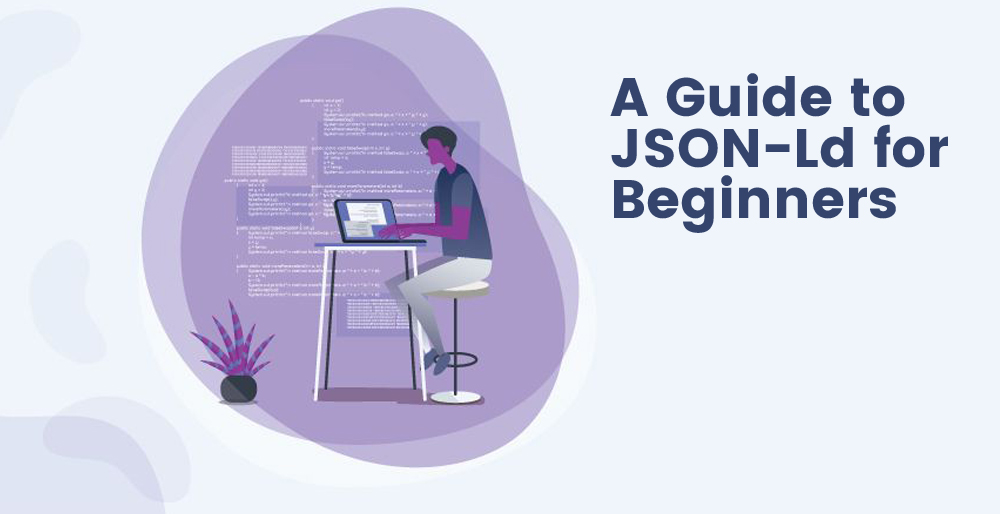Run-Though the Schema.org
When using HTML tags, you can be confused between different terms due to the complexity of the language. For example, a particular line of code can tell the browser to display the text string “Avatar” in a heading format. Moreover, the HTML tag does not provide any information about the string type and gives you the leverage to explore the web more easily.
Implementing structured data is crucial, and you need to have enough knowledge of the essential tools to have the best experience. Schema.org has some incredible features that may help you improve your business’s reach quickly.
But before moving ahead, you should know the benefits of a structured data toolbox.

Structured data has multiple benefits regarding the attractive maximum number of customers for your business. The item properties search engines are helping your business to be at the top and get the best services out of your website.
- Google’s Structured Data Features Guides: It is the most trusted and valuable tool considering the structured data as a part of it. These guidelines you can organize by using differently structured data markups that google is capable of using. Explaining which item properties you need to consider is very important.
- Structured Data Markup Generator: A Structured Data Markup generator is genuinely a super capitalistically maliciousness tool that helps you improve your website’s efficiency. It is an excellent tool for people looking for reverse-engineer markups and supports sharting your markups. The overall making process is straightforward as compared to creating the ideas.
- Schema.org Full Hierarchy: It is helping you to look beyond Google’s recommendations and structure more of the data. It has the complete list of Schema.org extended and core vocabulary. It is an excellent tool for implementing structured data.
These are some of the resources based on structured data to make it more effective and improve your site’s performance. The next step is to know the basic structure of Schema.org pages.
You can notice the exact layout of every page when you enter the Schema.org type page—starting with the canonical reference URL using the lives of markup inside the hierarchy of Schema.org and that item type’s usage on the web. Due to some confusing sources of information, you can misunderstand the benefits of schema.org.
This basic structure helps you be at the top and outperform to push your limits and maintain your brand name. Let’s quickly know about the item type after knowing the basics of schema.org.
An item time in simple words is a part of Schema.org vocabulary of data that is in use for annotating and structuring elements of a web page. You can take it as what you are making up and what you need to know. The thing is the highest level of the item type present in Schema.org. You can look at data as a daunting task, but when you understand the basic concept and know the benefits of data, you will enjoy the process. It makes sense as most of everything is at its highest level of abstraction.
The thing has multiple sub types that make it more stable and consider things properties in a cascading hierarchical fashion. In exploring Schema.org, you will come across multiple visualizations to have the best services.
The item types will be the first attribute in your markup and will look a little like a code having the script type as an application. The item properties are points that describe the type of items. All the item properties are in comparison with the parent items type. For every item type, a column defines the everyday items for the type of each item’s properties.
Structured data is daunting for most people, but it is an excellent tool for those who know its usage. There is a complete process during the creation of markup to provide you with the best services.
Here is the list of steps that are in use.
1. Open the page: Open Schema.org page. To do so, you can click on this link and make your first step easy.
2. Review item properties: Review all the items and select the relevant attributes. After reviewing all the documentation, and some of the social media linking item properties, you can stand out from the information.
3. Add the starting elements of all markups: All the markups, irrespective of their type, start with the same code set. You can easily remember this code for future reference and can understate the function of the code.
4. Start light: Add the more accessible item properties that require nesting. To make it more effective, the Expected type column exists. You do not need to nest if the expected type is text, URL, or number.
5. Finish with confidence: Avoiding the confusing source of information and getting the proper guidance, you can easily win the war against your competitors. Nested item types within the item types are the properties that you can access through nesting.
6. Test using the Structured Data Testing Tool: You can test the tool using the structured data testing tool, and when you pass this test, your data is all set to go and pass all the limits with no errors and warnings.
Implementing structured data is not similar to other processes, and you need to be little aware that this is an empathetic process. Explaining which item properties search engines are using is a tedious task, especially when looking to scale up your business. The iMetaDex is an organization helping small companies and start-ups to improve their working processes and maintain their performance.
To learn more about iMetaDex™, click here.
MetaSense Marketing Management Inc.
866-875-META (6382)
support@metasensemarketing.com




